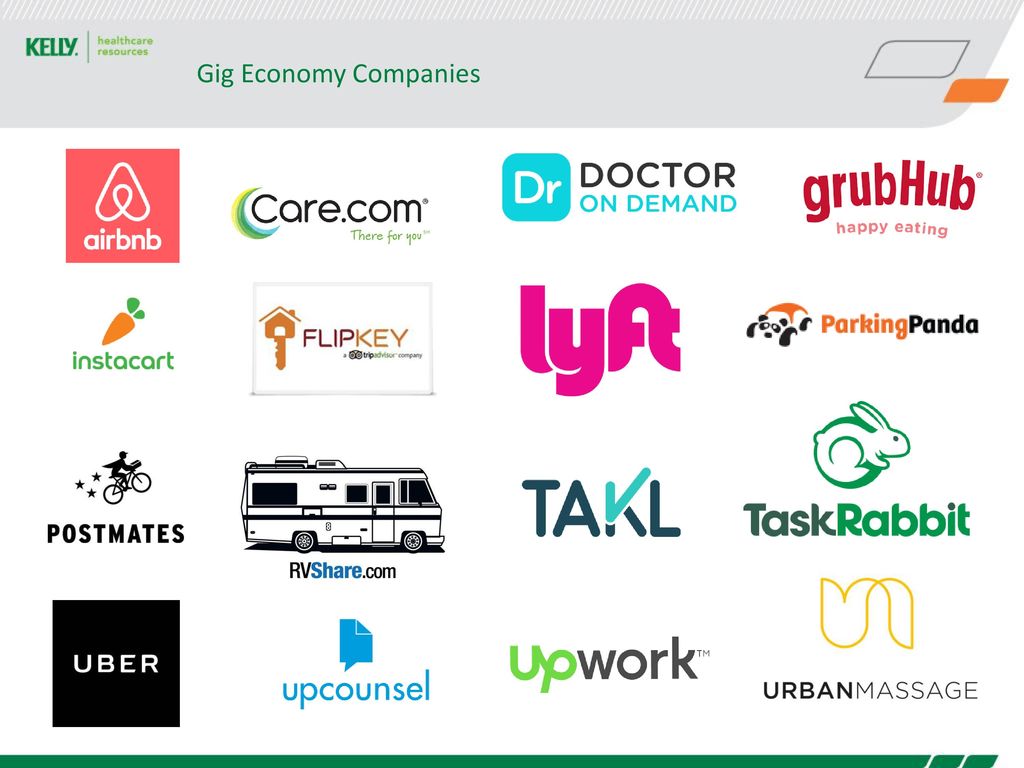In a Tight Labor Market, Gig Workers Get Harder to Please
Everybody knows at least one of the "Gig economy"startups and services such as Uber, Lyft, Postmates, Doordash, Field Agent, Grubhub. The benefit of these jobs is that people usually work with their own schedule. However, the more you put in the work, the better it pays.
Jason Noorzai worked for eight different gig economy and the least he liked among them was working for Uber Eats because according to him, "it offered the lowest pay and fewest tips." Mr. Noorzai never stayed in one job for more than few months, and was mostly working there to complete his months.
Venture capitalists gave amounts of cash to companies having a "gig" twist on their contractor approach to hiring people. Uber used that cash to grow but ended up paying more than they were hiring.
Years after the founding of Uber, the companies and their investors tolerated losses and the availability of the workers. However, the biggest of these companies were facing losses and their unemployment rate were at its lowest in 50 years. Therefore, Lyft went public, Uber and Postmates applied for the IPOs.
The chief operating officer of Fountain was able to hire a bunch of people that was interested in working for them.
Turnover is frequent on those kind of sector. The Fountain companies turnover could be as high as 500% per year. In the fast-food industry, the 2017 turnover was as high as 150% per year.
More an more people are trying to work for companies like Uber and Instacart, but we don't know how much these companies are willing to spend to keep them interested.
A food delivery company named Waitr hires full time delivers to minimize turnover. It is possible that each food delivery doesn't make enough money for the companies that handle them.
Uber and Lyft would raise the pay of the workers and improve their condition in response to high turnover rates even though people are still protesting for pay and working condition cities like San Francisco and Los Angeles.
When Gilbert Aquino first stated driving for Lyft in 2013, it was about $2.50 per mile. Now it is 80 cents in LA, and 70 cents in Minnesota. Mr. Aquino ended up quitting the company.
I am familiar with those services as I myself use them. However, I was not aware about what was going on and their pay rate. I was even wondering how they were payed after each ride.
The article is more about gig economy competitors such as Uber, Lyft, Postmates.. In a market in demand, those companies try their best to hire people and to keep them on field by giving benefits such as "shares and cash bonuses for their longest-serving drivers," raising pay, improving the workers condition. However it is not always easy for those companies to keep up because drivers usually quit after few months.

No comments:
Post a Comment